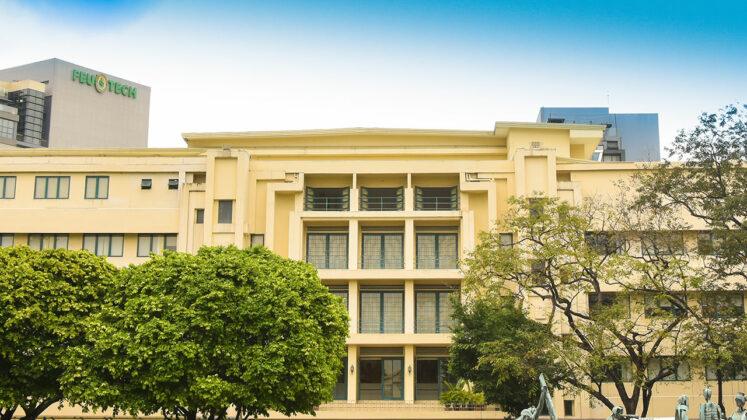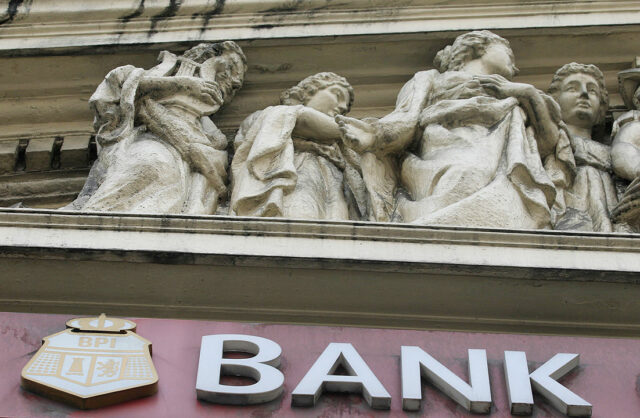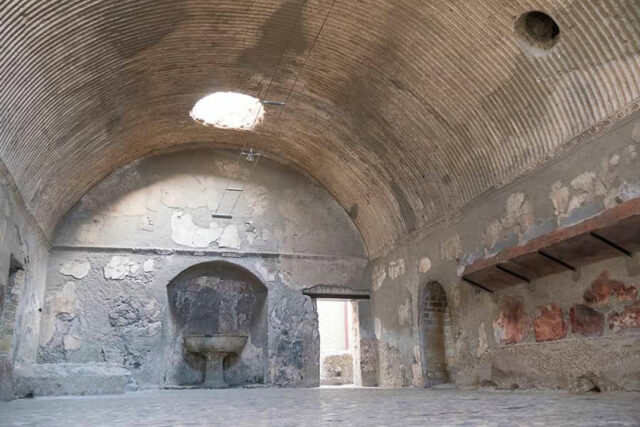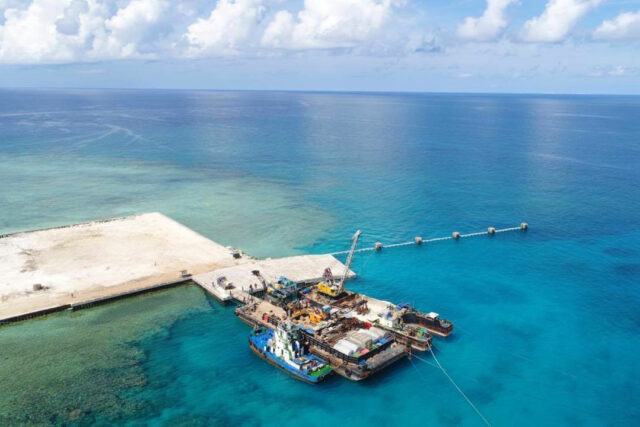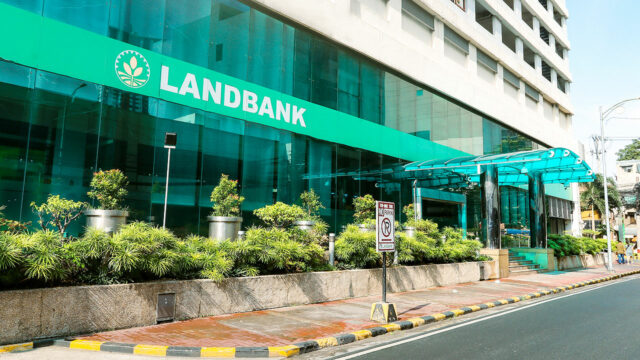SITTING behind the wheel of her gray Tesla Model Y, Brooklyn resident Stephanie Doba uses her phone to punch the make, model and license plate number of a Toyota Camry into New York City’s online form for reporting illegal parking. Prompted to describe the issue, she answers with voice-to-text: “Gas car parking at electric vehicle charging station.”
Ms. Doba estimates she’s made at least 10 such reports since New York City set up curbside electric vehicle (EV) chargers near her Park Slope home three years ago. A self-appointed guardian of sorts, Ms. Doba some days walks to the tree-lined street where the public plugs are installed just to check if they’re being ICEd — EV-speak for when curbside chargers are blocked by internal-combustion cars. She never hangs around to see if her complaints result in tickets, but believes enough reports could convince the city to boost enforcement.
Ms. Doba’s frustration is familiar to many of the New York City area’s intrepid EV converts. The city has announced plans to install 40,000 Level 2 plugs, which can provide an EV with a full charge in about four to eight hours, and 6,000 fast chargers by 2030. But today there are around 2,200 public plugs citywide, 10% of them fast chargers, according to the US Department of Energy (DoE). Uneven distribution means even infrequent issues with damaged equipment or blocked spots can have an outsized impact. When the city reviewed usage data across 100 Level 2 chargers, it found an average utilization rate of 72% so far this year. It also found that over the past 18 months, gas cars blocked the chargers 20% of the time.
“People need to know that they’re hurting actual people when they block a charger,” Ms. Doba says. “It’s like if you parked your car at a gas pump and [walked] away.”
New York City aims to reduce vehicle emissions as part of its goal of reaching net zero by 2050, by which point the city also wants electric cars to account for 20% of new vehicle registrations. Getting there will require a robust and reliable charging network: While 80% of US EV drivers charge at home, according to the DoE, about half of NYC’s drivers depend on street parking.
In 2021, the city’s Department of Transportation (DoT) partnered with utility Consolidated Edison, Inc. and Canadian EV charging company FLO, Inc. on a pilot program to install 100 curbside Level 2 chargers across the five boroughs. Since then, hundreds more public chargers have been installed by private firms, including Tesla, Inc. and EVgo, Inc. Still, it’s been slow going; grid limitations, community input requirements and competing municipal uses of curbside space all influence how many chargers can be installed and where.
“Cities like New York have been building out their infrastructure for 100 years or more, so not all places are suitable for charging,” says Travis Allan, chief legal and public affairs officer at FLO.
To install its curbside chargers, FLO had to avoid interfering with bike lanes, loading docks and fire hydrants. FLO employees also conferred with residents and City Council members about the best and least disruptive locations. Mr. Allan says the company has gotten plenty of negative feedback from New Yorkers who don’t think there are enough charging stations, but he takes pride in the 99.9% uptime of the chargers FLO has installed in the city so far.
Sara Rafalson, EVgo’s executive vice-president of policy and external affairs, also cites capacity constraints as a recurring challenge in New York. But she’s optimistic about the potential of local government incentives, pointing to a recent $539 million increase in the New York State Public Service Commission’s now $1.24-billion EV budget. Some of that money will go towards alleviating electricity prices for charging station operators. Last year, the Commission also announced plans to put $372 million towards installing stations in disadvantaged communities.
“The real challenge in New York is … it’s challenging to get things done,” Ms. Rafalson says. “But I think overall the New York market is really attractive, and I would say that policy activity has really aided in it becoming more attractive.”
As more chargers come to more neighborhoods, finding an available plug in and around New York City will get easier. The city’s Transportation department says increased utilization is already reducing the frequency with which chargers are blocked by gas-powered cars. The DoT is also working with the police to educate officers and increase enforcement at public plugs.
In the meantime, Ms. Doba isn’t alone in finding creative workarounds. Just across the Hudson River in Jersey City, Sal Cameli bought his first EV in 2012. Today he has two Nissan Leafs, which he rarely drives, and one Tesla Model Y. But Mr. Cameli doesn’t have a garage or driveway to charge in. Instead, he hired an electrician six years ago to craft a 19-foot cable that plugs into a dryer hookup in his kitchen. The cable runs through a window and out to the street, where it’s fastened to a signpost to prevent anyone from tripping.
“In this neighborhood back then, there were no chargers at all,” Mr. Cameli says. “There was downtown Jersey City, but that’s 2.3 miles away. I’m not going to plug in there and then walk home. I could take a taxi, but that would just be ridiculous, you know?”
On nights when Mr. Cameli needs to use his charger, his biggest challenge is securing parking close enough for the cable to reach. That’s where the Nissans come in — Mr. Cameli calls them his “traffic cones.” One Leaf holds a spot by the signpost during the day, while Mr. Cameli takes his Tesla to visit clients of his freelance IT business. The other Leaf is parked behind the first one. When Mr. Cameli gets home, he moves the placeholder car, then parks the Tesla in its spot and parks the second Leaf at an angle to protect the protruding charger plug from a sideswipe.
Mr. Cameli says a full charge costs him $13.65, or $15 in the summer when electricity prices are higher. That compares to $18 at the charging station that was installed near his apartment a few years ago. He charges the Tesla every four days and drives it about 12,500 miles (2,010 kilometers) per year; the Leafs get charged every six weeks. Mr. Cameli pegs his annual charging costs at just under $500.
“I mean, I respect the innovation,” says Roy Rada, e-mobility innovation project manager at ConEd, who has heard of similar DIY charging setups around the city. “New Yorkers will get it done one way or the other,” he says. “But we want to provide them a much safer option that they can use.”
Mr. Rada recommends that residents consult the utility’s specialists to determine whether charging through their apartment is safe. If it’s not, EV owners can make a case to their property manager, which may get a discount on installing chargers outside the building through ConEd’s Power Ready program.
As more urban drivers adopt EVs, densely populated areas like New York will have to implement their own clever solutions. Many electric enthusiasts, including Ms. Doba and Mr. Cameli, dream of a future with more creative infrastructure, like lamp-post chargers or curbsides with wireless charging built into the pavement.
“Imagine all of Broadway — down from the tip of Manhattan all the way up to the park — that every single parking spot has wireless charging,” Mr. Cameli says. “Wouldn’t that be amazing?”
Others are dreaming up ways to connect EV drivers who need plugs with people who have them. In 2019, Queens resident James Francois founded a startup he’s calling Alternative Energy Resource. Aiming for a September beta launch, Mr. Francois envisions a community-backed app that connects New Yorkers willing to rent out their home-charging spaces to drivers who would otherwise have to rely on public plugs, especially rideshare drivers.
“People are interested,” Mr. Francois says. “Ever since Covid, people are moving toward more collaborative consumption and want to help their neighbors.”
Mr. Francois also sees his business idea as an actionable way for people to combat climate change. It’s a motivation shared by many early adopters of electric vehicles, including Ms. Doba.
“Climate concerns are top of mind for me, and helping the electric vehicle transition is really part of that advocacy and activism,” she says. “Even if it’s just on a very, very small local scale of getting some enforcement to keep my local EV charging station accessible.” — Bloomberg News





